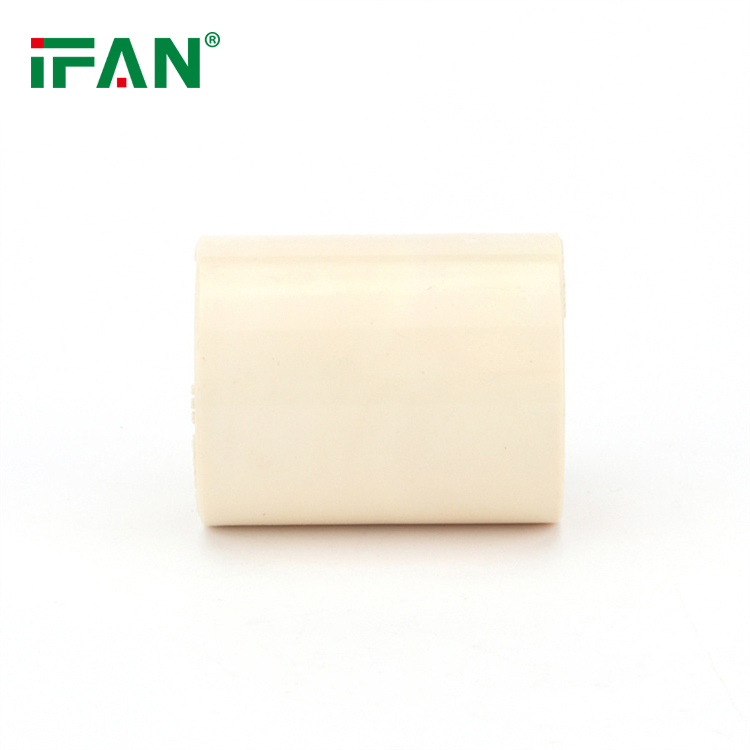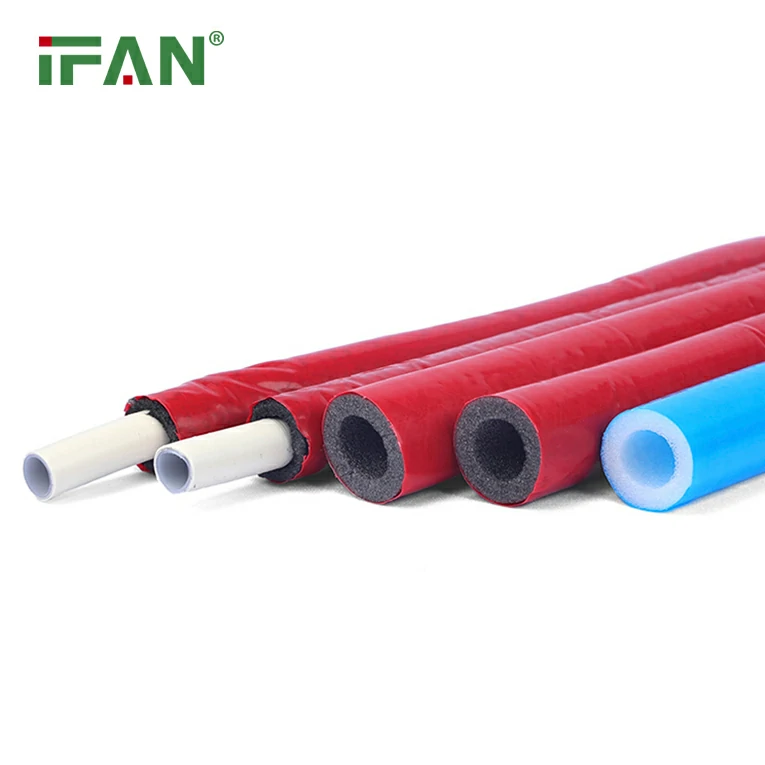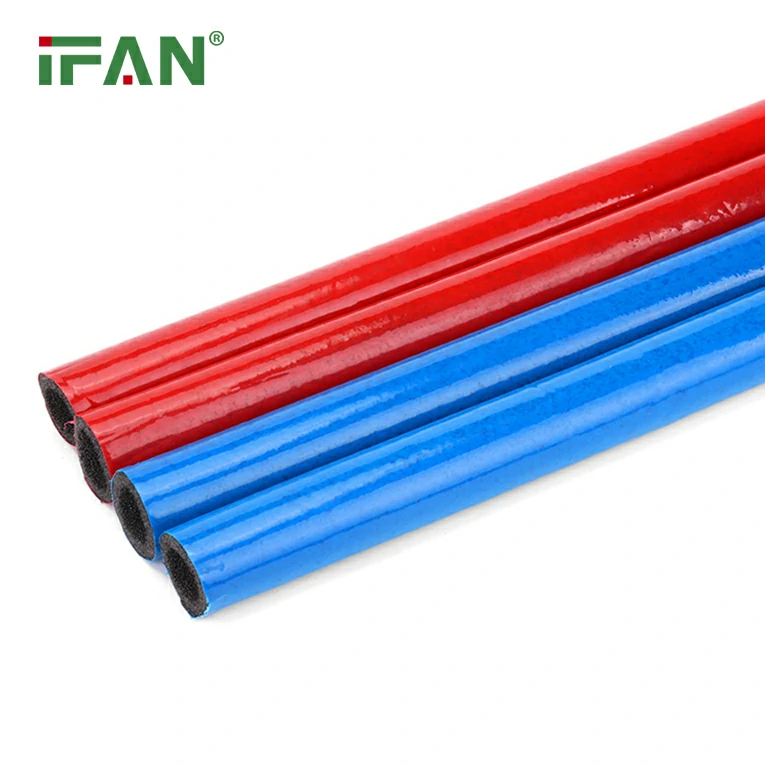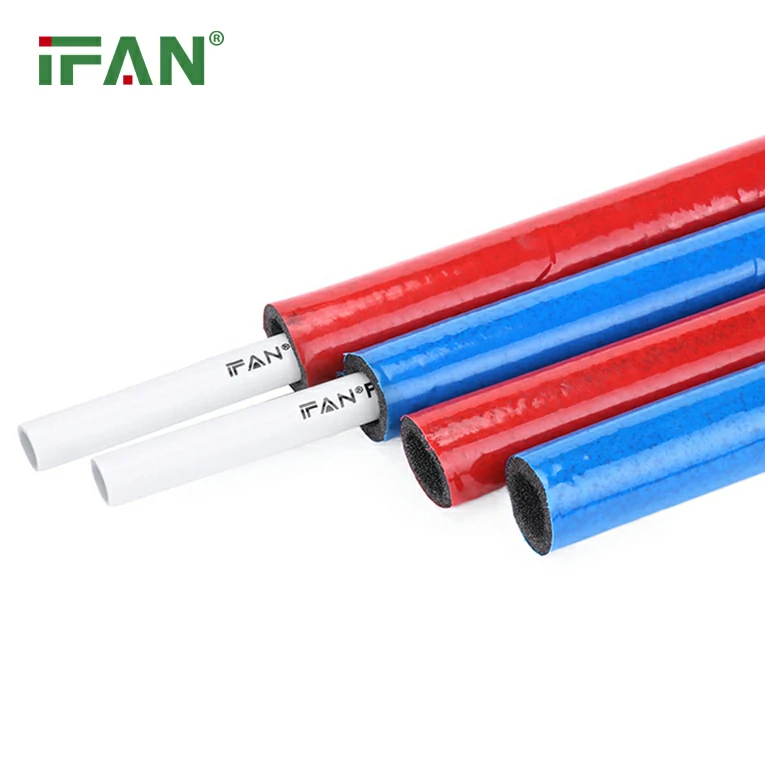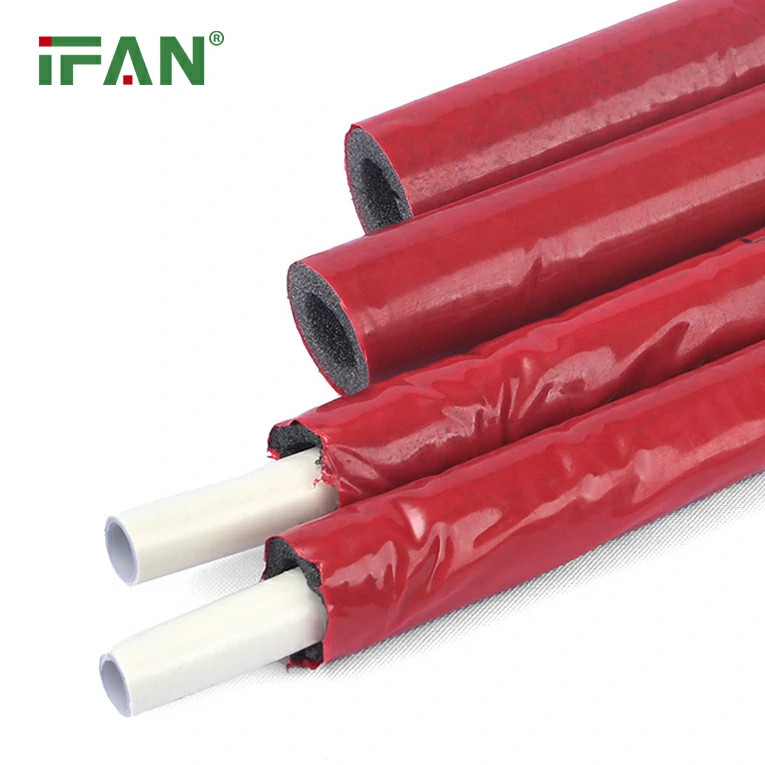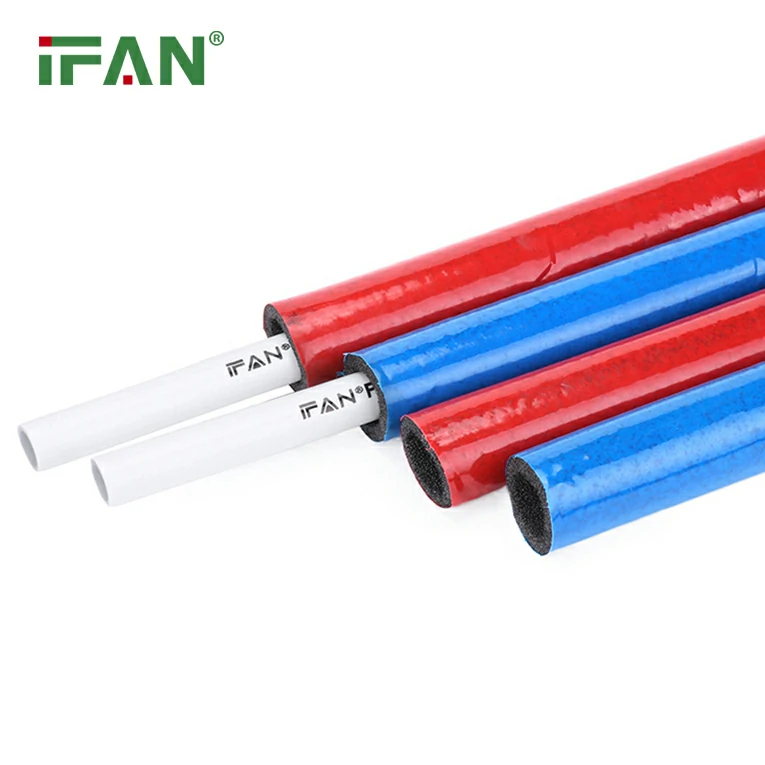In the dynamic landscape of plumbing solutions, connectivity is paramount. Introducing CPVC Fitting Socket, a revolutionary product poised to redefine the way piping systems are constructed and maintained. This comprehensive guide delves into the innovative features, benefits, and diverse applications of CPVC Fitting Socket, setting a new benchmark for reliability and efficiency in plumbing infrastructure.
Exploring the Essence of CPVC Fitting Socket
CPVC, or Chlorinated Polyvinyl Chloride, stands out for its exceptional durability, thermal resistance, and chemical inertness, making it a preferred choice for piping applications. The Fitting Socket, an integral component of piping systems, facilitates seamless connections between pipes, valves, and other components, ensuring a robust and leak-free infrastructure.
Unveiling the Advantages of CPVC Fitting Socket
Exceptional Durability: CPVC Fitting Socket is engineered to withstand harsh operating conditions, including high temperatures and corrosive environments, ensuring long-term performance and reliability.
Thermal Resistance: With its inherent resistance to heat, CPVC Fitting Socket is ideal for hot water distribution systems, maintaining integrity and functionality even under elevated temperatures.
Chemical Inertness: Resistant to a wide range of chemicals, CPVC Fitting Socket ensures compatibility with various fluids, making it suitable for diverse applications across industries.
Easy Installation: Designed for ease of installation, CPVC Fitting Socket facilitates quick and hassle-free assembly, reducing labor costs and project timelines.
Leak-Free Connectivity: By utilizing advanced sealing mechanisms and precise engineering, CPVC Fitting Socket offers leak-free connectivity, minimizing the risk of costly leaks and water damage.
Applications Across Industries
Residential Plumbing: CPVC Fitting Socket serves as the backbone of residential plumbing systems, ensuring efficient water distribution, drainage, and hot water supply to kitchens, bathrooms, and other areas.
Commercial Buildings: In commercial establishments, such as hotels, hospitals, and office buildings, CPVC Fitting Socket provides reliable connectivity for HVAC systems, fire suppression systems, and water distribution networks.
Industrial Applications: From manufacturing facilities to chemical plants, CPVC Fitting Socket offers a robust solution for conveying various fluids, including acids, alkalis, and industrial gases, maintaining operational continuity and safety.
Agricultural Irrigation: In agricultural settings, CPVC Fitting Socket facilitates secure connections in irrigation systems, optimizing water distribution and promoting crop growth.
Conclusion
CPVC Fitting Socket represents a paradigm shift in piping connectivity, offering unmatched durability, thermal resistance, and chemical inertness. As industries and communities seek infrastructure solutions that meet stringent performance requirements, this innovative product emerges as a beacon of reliability and efficiency. With its exceptional advantages and diverse applications, CPVC Fitting Socket is poised to transform the way piping systems are designed, constructed, and maintained, ushering in a new of excellence in plumbing engineering.
Free Sample(Click Here to Get Free Sample)
